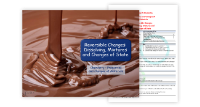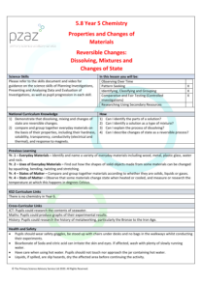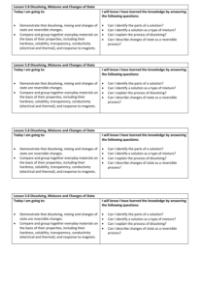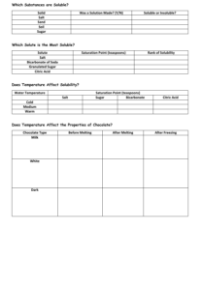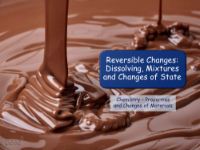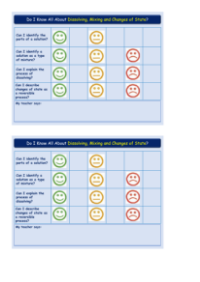Dissolving, Mixtures and Changes of State - Teacher Explanation

Science Resource Description
Welcome to lesson 5.8 on 'Reversible Changes', which delves into dissolving mixtures and changes of state within the Year 5 Unit on Properties and Changes of materials. This lesson aligns with the National Curriculum, demonstrating how dissolving, mixing, and changes of state can be reversible. Students will explore and group everyday materials based on their properties such as hardness, solubility, transparency, and conductivity, and will also investigate their responses to magnets. For safety, it is essential that students wear goggles during the activities, stand rather than sit, keep chairs tucked under desks, tie back long hair, and ensure walkways are clear of bags. Given that some chemicals used can irritate the skin, wearing safety gloves is advisable, especially for those with skin sensitivities. Hot water will be used, but only teachers should handle it, and pupils must wait for it to cool before dismantling equipment. Any spills must be cleaned promptly to prevent slipping, and handwashing after the activities is mandatory, particularly for those with food allergies.
The lesson's practical component involves creating solutions by dissolving substances in water. Students will discover that not all substances dissolve in water, and they will use soil, sand, sugar, salt, and water to conduct experiments. The activity instructs students to half-fill cups with water and then attempt to dissolve various substances, stirring and observing whether the substance settles or dissolves. Through this, students learn the difference between soluble and insoluble materials and the concept of a saturated solution. The experiment will also reveal that sugar and salt are attracted to water and will fill the gaps between water molecules until no more can be dissolved. This lesson also offers cross-curricular links with ICT, maths, and history, encouraging students to research topics such as the contents of seawater, create line graphs of experimental results, and delve into the history of metalworking during the Bronze and Iron Ages.
